 D, we have — =— , (Art. 169) ; nj\ and by clearing the equation of fractions, we have BC=AD; that is, of four proportional quantities, the product of the two extremes is equal to the product of the two means. D, we have — =— , (Art. 169) ; nj\ and by clearing the equation of fractions, we have BC=AD; that is, of four proportional quantities, the product of the two extremes is equal to the product of the two means.  Elements of Algebra - Page 183by Charles Davies - 1842 - 358 pagesFull view Elements of Algebra - Page 183by Charles Davies - 1842 - 358 pagesFull view - About this book
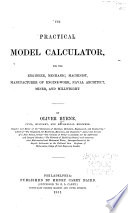 | Oliver Byrne - Engineering - 1851 - 310 pages
...reason of the practice in the Rule of Three. THEOREM 2. — In any continued geometrical progression, the product of the two extremes is equal to the product of any two means that are equally distant from them, or equal to the square of the middle term when there... | |
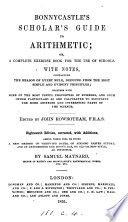 | John Bonnycastle - 1851 - 314 pages
...product. Thus, a geometrical mean between 4 and 9 is ,/36, or 6. In any continued geometrical series, the product of the two extremes is equal to the product of any two terms that are equally distant from them, or to the square of the mean when the number of the... | |
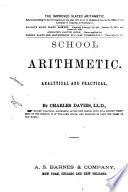 | Charles Davies - 1852 - 344 pages
...ratio to the quantity 6 yards, as $12, the coat of 3 yards, to x dollars, the cost of 1 3 yards. Since the product of the two extremes is equal to the product of the two means, (Art. 225), 3xz=6xl2; and if 3xx=6x12, * must be equal to this product divided by 3 : that is, " The... | |
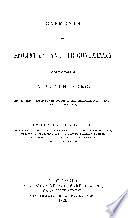 | Adrien Marie Legendre - Geometry - 1852 - 436 pages
...other, and their product is constant. PROPOSITION I. THEOEEM. When four magnitudes are in proportion, the product of the two extremes is equal to the product of the two means. Let A, B, Cj D, be any four magnitudes, and M, N, P, Q, their numerical representatives; then, if'.... | |
 | James B. Dodd - Arithmetic - 1852 - 410 pages
...and 3. (§216). Product of the Extremes — that of the Means. § 228. In every direct proportion, the product of the two extremes is equal to the product of the two means. In the proportion 3 : fi=4 : 8, we have two equal ratios f and J ; and if these ratios be reduced to... | |
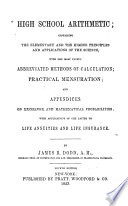 | James B. Dodd - 1853 - 398 pages
...6 and 3. (§ 216). Product of the Extremes = that of the Means. § 223. In every direct proportion, the product of the two extremes is equal to the product of the two means. In the proportion 3 : 6=4 : 8, we have two equal ratios | and f- ; and if these ratios be reduced to... | |
 | Ezra S. Winslow - Business mathematics - 1853 - 264 pages
...and in the last, or in the progression 2, 10, 50, 250, 5 is the ratio. In a geometrical progression, the product of the two extremes is equal to the product of any two means that are equally distant from the extremes, and, also, equal to the square of the middle... | |
 | Charles Davies - Geometry - 1854 - 436 pages
...their product is constant. BOOK II. 61 PROPOSITION I. THEOREM. When four magnitudes are in proport'on, the product of the two extremes is equal to the product of the two means. Let A, If, C, D, be any four magnitudes, and M} N, P, Q, their numerical representatives ; then, if... | |
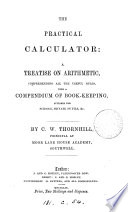 | C W. Thornhill - 1854 - 228 pages
...Proportion contains the following theorems. THEOREM 1. — In any continued Geometrical Progression, the product of the two extremes is equal to the product of any two means that are equally distant from them. When the number of terms are odd it is equal to the... | |
 | Charles Davies, William Guy Peck - Mathematics - 1855 - 628 pages
...equal to the half sum of the extremes multiplied by the number of terms. In a geometrical progression, the product of the two extremes is equal to the product of any two means equally distant from the extremes. In a geometrical progression, any term is a mean proportional... | |
| |